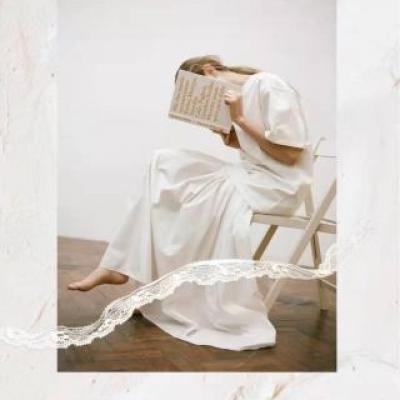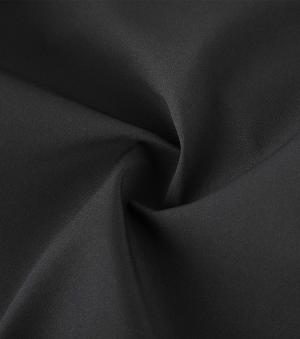-
 Find in Members
Find in Members Find in Videos
Find in Videos Find in Channels
Find in Channels
This website uses cookies to ensure you get the best experience on our website.
To learn more about our privacy policy Click herePrivacy Preference
- Tags - #bonded fabrics
-
- Last updated August 23, 2021 0 comments, 252 views, 0 likes
- Wujiang - Get Directions
More from wujiang wanshiyi
More in Politics
Related Blogs
Archives
Information about bonded fabrics
Body
How much do you know about bonded fabrics? Let's take a look together:
Ordinary bonded fabric:
The fabric and the lining are bonded together by an adhesive to improve the texture of the fabric, which is suitable for the simplification of garment processing technology and large-scale production.
Functional bonded fabric:
The bonded fabric has special functions such as waterproof and moisture permeability, radiation resistance, washing resistance and abrasion resistance.
Process flow:
Six kinds of bonded processes that are popular in the world, namely hot sol powder dot coating bonded process, hot sol paste dot bonded process, hot sol dusting bonded process, hot sol two-point bonded process, polyurethane spraying bonded process, polyurethane Roll-coated bonded fabrics are a relatively new type of fabric developed by the market. In short, it is a fabric composed of two fabrics. In the past, the most common compound was the compound of suede fabric and wool, but now it can be compounded with any fabric. The width of the bonded fabric is limited to the size of the two fabrics before the composite, which can generally reach 145CM.
Each batch of bonded fabrics must be effectively maintained. First, the reverse fabric is laminated (the film is a transparent material similar to nylon film), bonded with chemical materials, and then maintained.
The longer the maintenance treatment time, the better the fastness to the fabric and the degree of fusion of the adhesive. Generally, domestic adhesives require three days of maintenance, while imported adhesives require five days or longer.
To allow the adhesive to fully blend into the fabric and the film, the length of time will also affect the subsequent bonding effect with the front fabric.
If you are interested in our products, you can click here: Bonded fabric supplier.









Comments